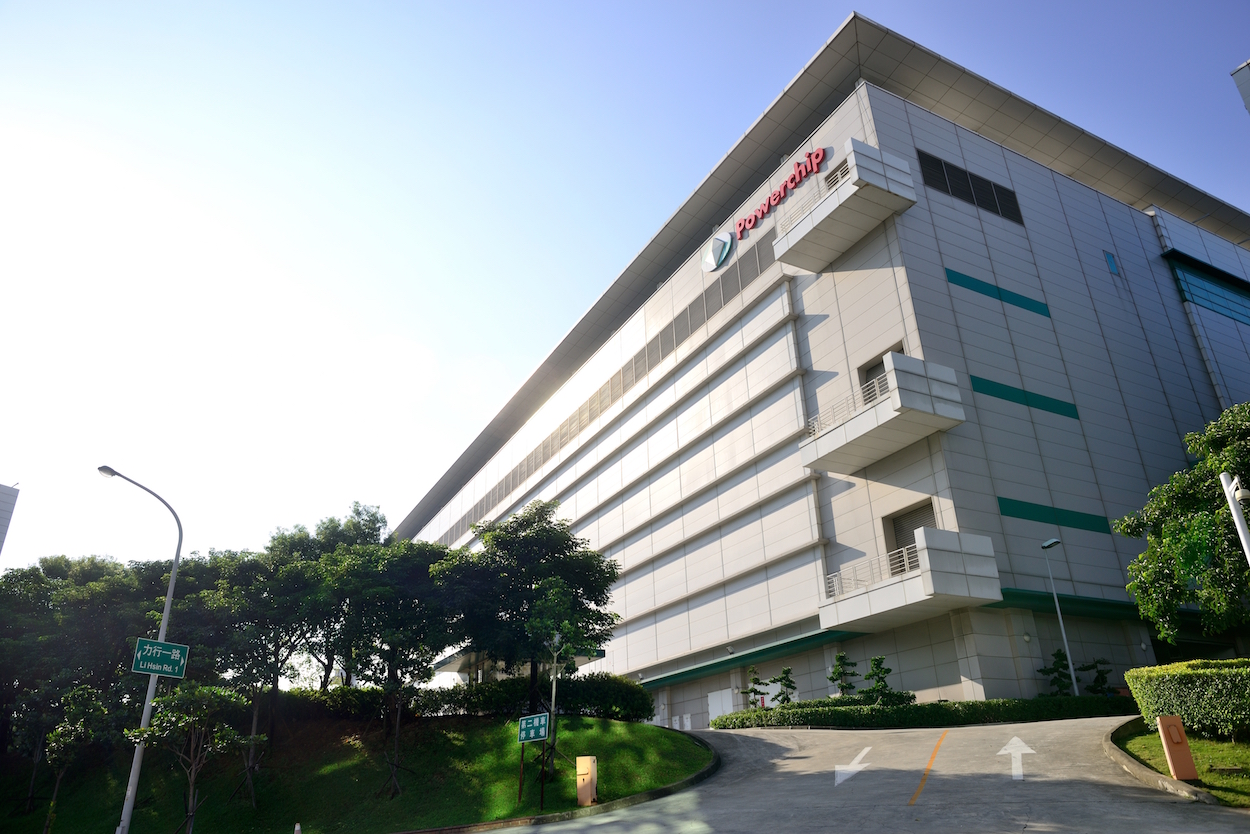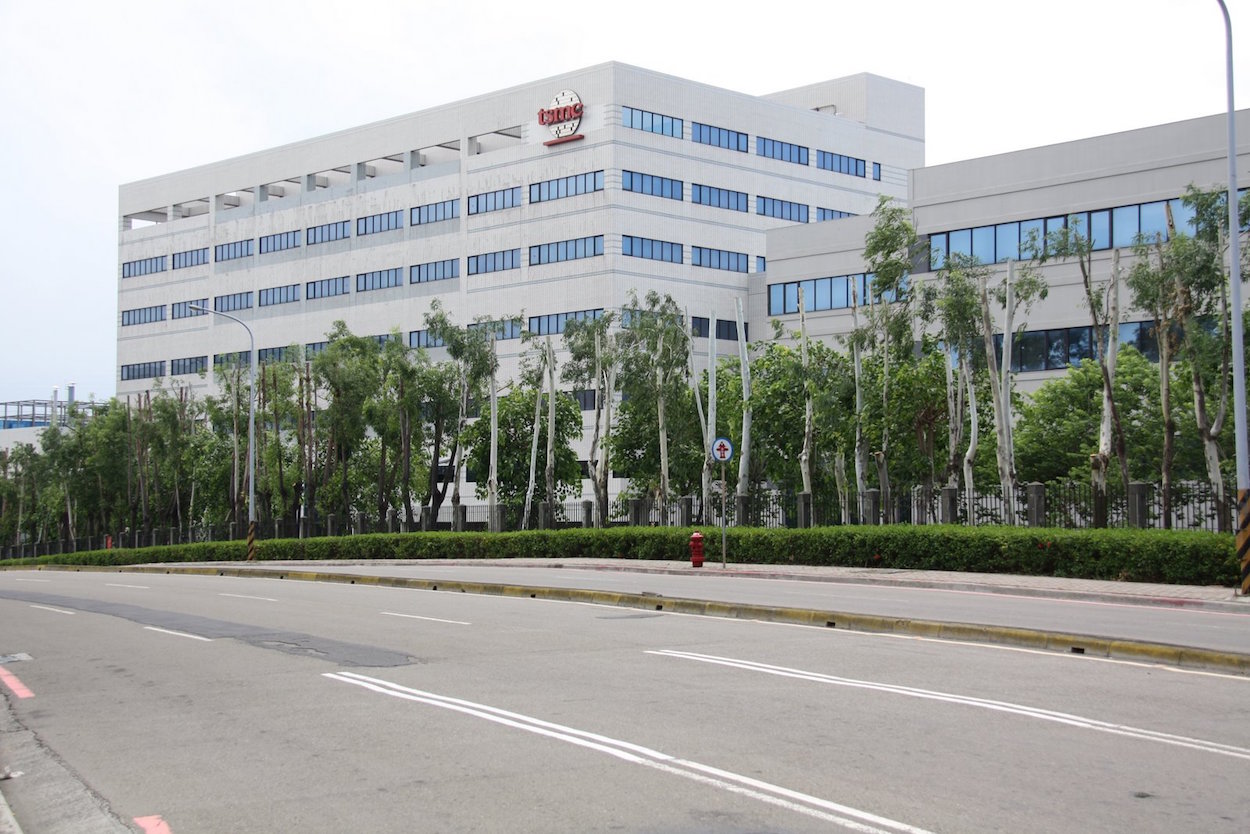by Brian Hioe
語言:
English
Photo Credit: Peellden/WikiCommons/CC
CRITICISMS OF plans by the Executive Yuan to set up science parks in Chiayi and Pingtung reflect longstanding issues regarding development in Taiwan.
It has been questioned by netizens and civil society groups such as the Citizens of the Earth, Taiwan, whether plans for the new science parks are necessary when there are already existing science parks in Changhua, Miaoli, Yilan, and facilities in northern, central Taiwan, and southern Taiwan that are not efficiently used. Construction of new science parks, after all, could affect the local environment in terms of their water and electricity needs.
 Building in the Hsinchu Science and Industrial Park. Photo credit: Tony Tseng/WikiCommons/CC
Building in the Hsinchu Science and Industrial Park. Photo credit: Tony Tseng/WikiCommons/CC
To this extent, one also notes that the construction of new science parks requires significant expenditure and resources for the development of infrastructure. Indeed, much of the present controversy began after a visit by Premier Su Tseng-chang to inspect a planned high-speed rail that would service the newly announced science park in Pingtung. While government officials claim that this will be a new type of science park that is smaller than one hundred hectares, so as to minimize local impact, these claims have been met with skepticism.
It proves a longstanding issue in Taiwan that development projects announced by politicians can be white elephant projects, announced for the sake of stimulating development, but without taking into account whether such projects are really necessary for local areas. Likewise, there is a failure of integrated planning, in which local planning is undertaken while taking into account Taiwan’s needs and available facilities as a whole.
Oftentimes, politicians simply wish to economically develop areas, but while having a short-sighted view of economic development that does not take into account local versus national needs. As such, this leads to issues regarding the construction of redundant infrastructure.
Such accusations have been particularly leveled at the development of rail networks, in which it is questioned whether rail networks are needed to shorten commute times by only just a few minutes. This is also a question leveled at the development of renewable energy in Taiwan, seeing as development required to build wind farms or solar panels sometimes in themselves have significant environmental impact, such as by cutting down carbon-absorbing forests. As a result, renewable energy development also encounters resistance from local farmers and fishermen, who fear that their fields will be demolished to make way for solar farms, or who fear that ocean-based wind farms will affect fishing or aquaculture. Channels for civic participation conducted with local residents or affected stakeholders, such as by holding public hearings or town halls, are often performative in nature, and simply act as a rubber stamp.
 TSMC factory in Hsinchu. Photo credit: Arusanov/WikiCommons/CC
TSMC factory in Hsinchu. Photo credit: Arusanov/WikiCommons/CC
Oftentimes, the government focuses more on optics than actually meeting needs. This may be the case with plans to develop new science parks. In particular, the Tsai administration has priority on developing science parks in order to maintain Taiwan’s international competitiveness. Taiwan’s economy was one of the rare economies to grow this year, due to the fact that the effects of COVID-19 in Taiwan were limited. However, Taiwan’s economy is overshadowed by that of its neighbors, and because of limited size, manpower, and resources, technological innovation is seen as one of the crucial means for Taiwan to level the economic playing field. As such, the Tsai administration has sought to provide incentives for companies through science park facilities.
Given China’s territorial ambitions regarding Taiwan, developing Taiwan’s key position in technology supply chains is a crucial aspect of the Tsai administration’s efforts at encouraging other nations to defend Taiwan. Taiwan Semiconductor Manufacturing produces much of the world’s microchips, for example, and there has been increased attention to the significance of Taiwanese companies for global supply chains. This is another reason as to why development of science parks proves a particular priority for the Tsai administration, while the Chinese government has sought to establish similar facilities in China to lure over Taiwanese companies and entrepreneurs, to negate any strategic advantages that Taiwan currently has.
But despite such challenges, Taiwan currently lacks an overall vision of how to leverage on its strengths, while also allowing for sustainable development. As such, it is probable that plans to develop science parks or other facilities without adequate consultation will continue, and one expects debates such as those regarding the Chiayi and Pingtung science parks to continue. This should not surprise.

